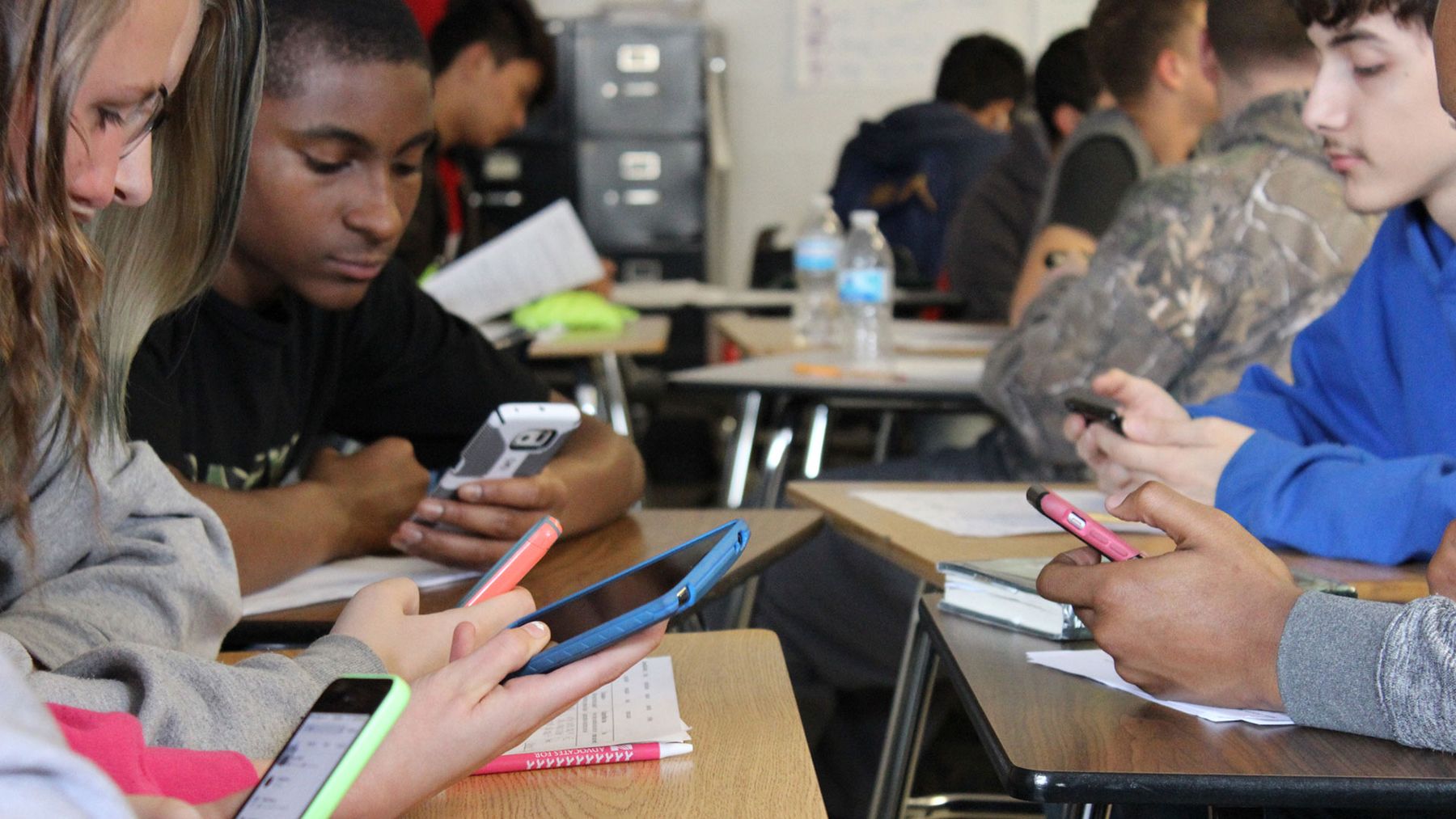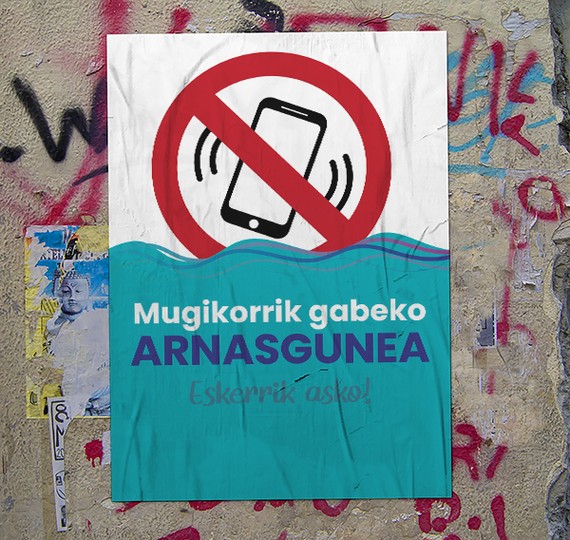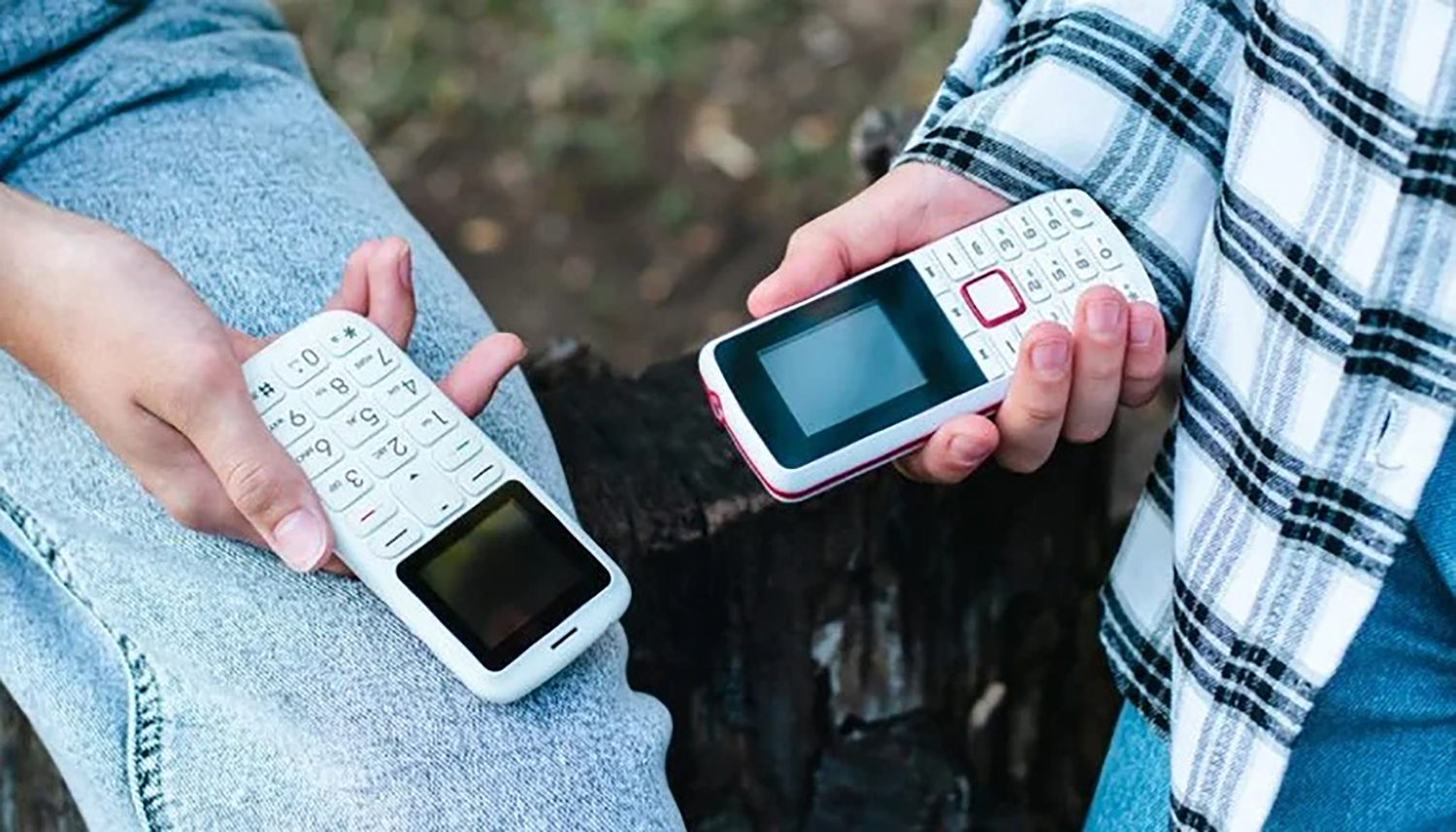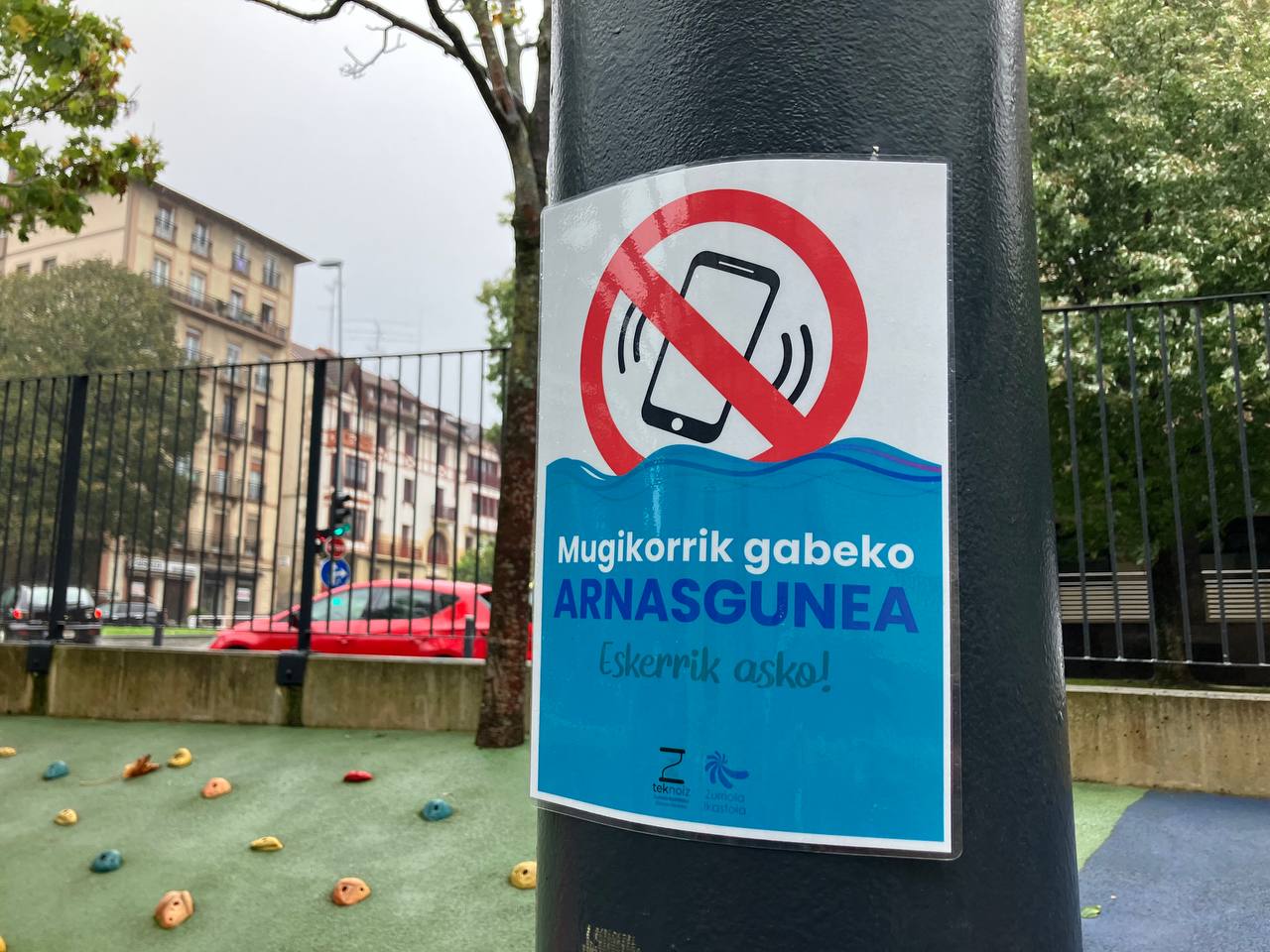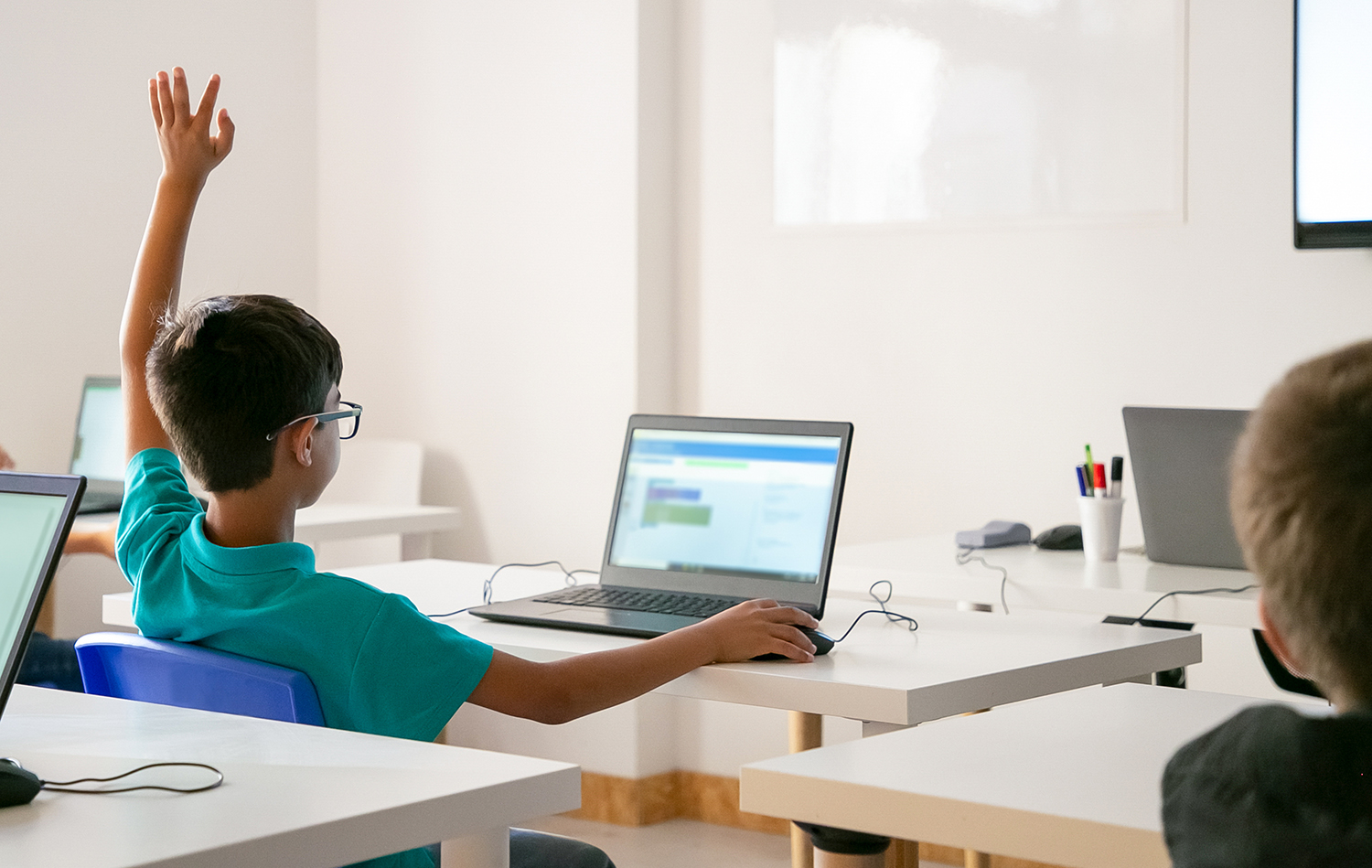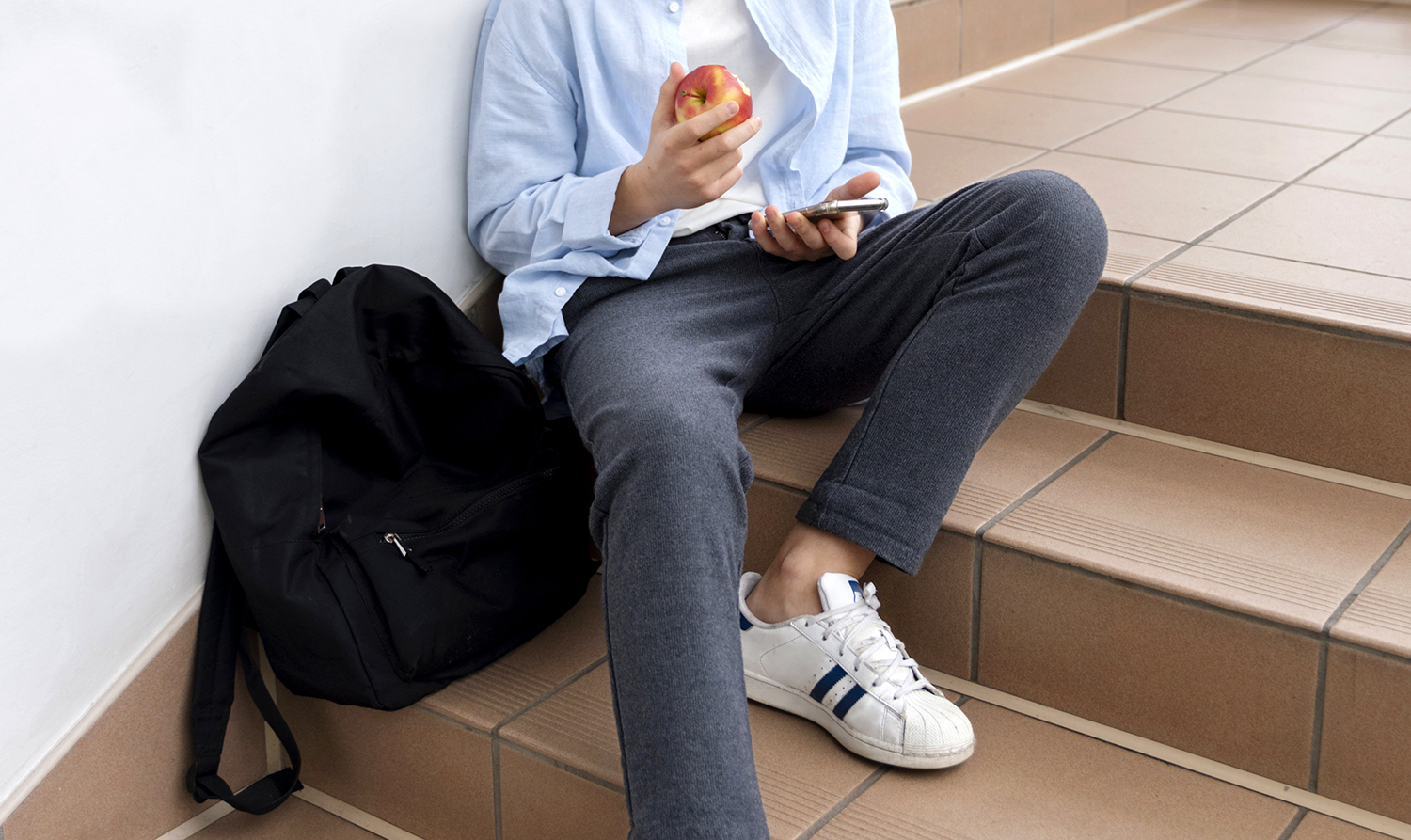One-third of 8-year-olds have their own smartphone
- Analyzing the screen consumption, habits and practices of elementary and high school students, "we believe that families do not know what adolescents do in the digital world," said digital male teachers. They have published the disturbing conclusions of over 1,500 sessions with students from Hego Euskal Herria last year.

In Primary Education, in sessions held from the 3rd year (with children between approximately 8 and 9 years), it has been observed that they generally use the digital world uncontrollably. In 3rd year students have Smartphone and in 6th year (approx. 11-12 years) two-thirds.
Although many are controlled by time, they do abuse "and we have found children with real dependency problems". Half of the elementary school students say they spend more than two hours a week with screens outside school hours, while 10% say they do more than five hours a week. On weekends, two-thirds of children spend more than two hours in front of the screen, 20% more than five hours and 10% more than eight hours.
The most commonly used social networks are Tik Tok, WhatsApp and Youtube, who have visited elementary school children with over 5,000 followers on Instagram.
They often play adult games, many of them for over 18 years (GTA, Call of Duty). In addition to violent content, many games have already incorporated elements of casinos into their dynamics, the report warns.
In the digital world, the authors of the report recall that WhatsApp groups, for example, are “very chaotic”: insults, threats, irreverent language, digital harassment, sharing of private information, stickers with images of colleagues, memes, use of the image of others… The age set in the conditions of WhatsApp use in Europe is 16 years.
You've seen several elementary school kids who have over 5,000 followers on Instagram
From the age of 12, time increases exponentially.
The time it takes from Primary to Secondary and the use of screens increases exponentially, "and we don't understand why this change occurs," say digital educators. In ESO, two-thirds of young people spend more than two hours a working day and almost a third more than five hours a day. On the weekend, 80% spend more than two hours a day, almost half more than five a day and 18% more than eight a day.
However, when students are asked, they do not believe they abuse the screens, as parents use them as much as they do.
On social networks, Tik Tok, Instagram and Youtube mainly use and "many teenagers have a false sense of knowledge, control and power", but the antivirus is widely used, they do not know how to perform basic actions, and it is very common to talk on the network with strangers and report privately.
They warn that adolescent pornography consumption is growing year after year and that more and more adolescents are betting and investing online in cryptototxanpons to see the content of the payment platform for free.
In all centers there are many memes and stickers with pictures of classmates and teachers. In some cases, students record teachers
"It is common to share images and personal information from other people. In all centers there are many memes and stickers with pictures of classmates and teachers. In some cases, students record teachers in class or hallways and upload recordings to Instagram. They see and share a lot of violence, especially real struggles. It is common to seek, record and disseminate the struggle among them".
How many screens do we have at home?
Children and young people have asked how many screens they have at home: most have more than six screens, many more than ten. "Many studies show the direct relationship between the large number of screens in homes and the increase in screen time."
What about families?
In many homes, digital educators do not know the dynamics, content and risks of the games their children use, and they criticize them: parents, without being aware, stimulate excessive screen consumption in their children, because they also consume a lot of screens and have not placed limits and standards in the digital world since they were young. As a model, "it is impossible to educate in proper and conscious use of screens, if adults do not apply themselves".
If we ask students, they don't think they abuse screens, because parents use them like they do.
Positive examples
Finally, he has applauded the initiatives taken by different schools and associations of parents, as agreement is being reached to delay the delivery of the first smartphone to children. In short, the social pressure of not having a mobile phone is more easily addressed if it is agreed between all.
On the subject: No mobile for up to 13 years: Decision taken by all parent associations of an Irish city.
The consumerist culture we live in sends every user to an unreasonable enjoyment. As Slavoj Zize says, Enjoy your fetish, it has become the rude mandate of hypermodernity. Current enjoyment is carried out through existing technological devices to occupy the place of fetish. But... [+]
A father from Bilbao has asked me about the secondary education protocol being developed at the AMPA around mobiles.
As I read on the website of the Basque Government, in January 2024 there was talk in schools about the regulation of mobiles, that there will be no prohibition... [+]
Human beings have never been easy to think calmly for long periods of time, we live with the responsibility of taking our lives forward, both ours and our descendants. In this opportunity that we have had to live, we want to do things as best we can. For these responsibilities,... [+]








